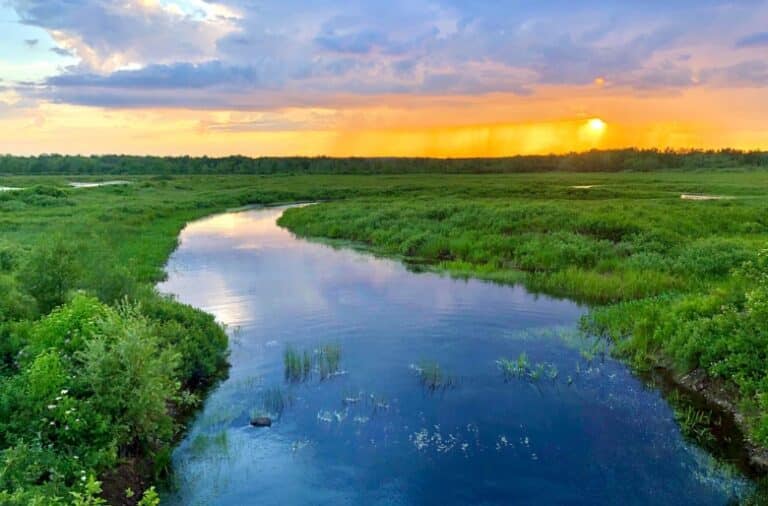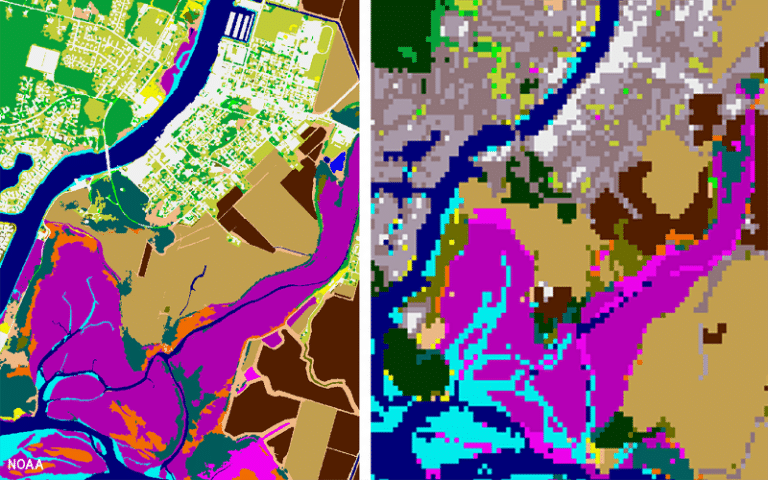12 Billion-Dollar Weather Disasters So Far This Year, According to NOAA
June 2023 was record hot for some parts of the U.S., while other locations were roiled by severe weather and poor air quality, according to data from NOAA’s National Centers for Environmental Information.
A very active severe storm season during the first six months of 2023 has also brought 12 separate billion-dollar weather and climate disasters to the nation — including tornado outbreaks, extreme flooding, and a winter storm. These figures don’t include the catastrophic flooding happening this week in much of Vermont and parts of upstate New York, and we still have more than four months of hurricane season yet to go.
The total cost of the 12 billion-dollar events so far this year exceeds $32.7 billion (CPI-adjusted), and they have resulted in 100 direct and indirect fatalities. For this year-to-date period, the first six months of 2023 rank second-highest for disaster count, behind 2017 with 14 disasters and behind 2021 which had $42.5 billion in terms of total cost.
The 1980–2022 annual average is 8.1 events (CPI-adjusted); the annual average for the most recent five years (2018–2022) is 18.0 events (CPI-adjusted).
Since these billion-dollar disaster records began in 1980, the U.S. has sustained 360 separate weather and climate disasters where overall damages/costs reached or exceeded $1 billion (based on the CPI adjustment to 2023) per event. The total cost of these 360 events exceeds $2.570 trillion.

This U.S. map is plotted with 12 separate billion-dollar weather and climate disasters that occurred in the first six months of 2023. For details, please visit ncdc.noaa.gov/billions. (Image credit: NOAA/NCEI) Download Image
Other highlights from NOAA’s new climate report:
- Heat waves impacted the southern Plains, Northeast and Puerto Rico this month, breaking temperature records and creating life-threatening conditions.
- Portions of the Midwest experienced dry soils, low streamflow and distressed crops in June. Missouri, Illinois, Wisconsin and Michigan each ranked in the top-10 driest June on record.
- Much of the eastern U.S. had a warm start to 2023 with 29 states experiencing a top-10 warmest January–June including Florida which ranked warmest on record.
- In June, the average temperature and precipitation for the contiguous U.S. ranked in the middle third of the historical record.
- Thick smoke from Canadian wildfires created air quality issues for millions in portions of the Northeast and Great Lakes this June.
In addition, according to the July 4 U.S. Drought Monitor report, about 27.0% of the contiguous U.S. was in drought, up about 8.0% from the end of May. Moderate to exceptional drought was widespread across much of the Great Plains, with moderate to extreme drought in much of the Midwest




